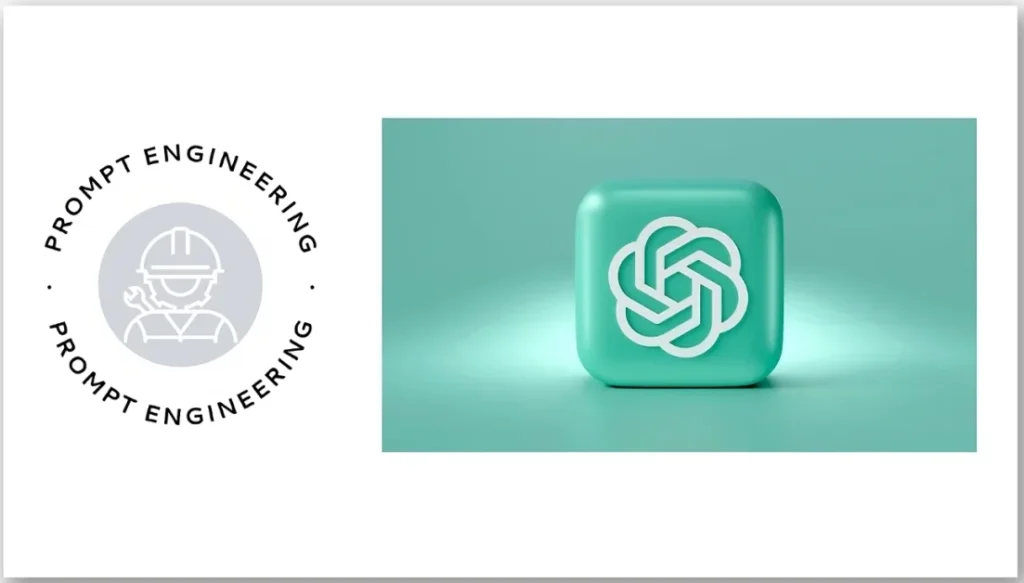Since its launch, ChatGPT has been making waves in the AI sphere, attracting over 100 million users in record time. The secret sauce to ChatGPT’s impressive performance and versatility lies in an art subtly nestled within its programming – prompt engineering.
Launched in 2022, DALL-E, MidJourney, and StableDiffusion underscored the disruptive potential of Generative AI. But it was Open AI‘s ChatGPT that truly took center stage later in 2022. And this momentum showed no signs of slowing down.
Google’s announcement of Bard and Meta’s Lamma 2 response to OpenAI’s ChatGPT has significantly amplified the momentum of the AI race. By providing these models with inputs, we’re guiding their behavior and responses. This makes us all prompt engineers to a certain degree. The tech industry has taken notice. Venture capitalists are pouring funds into startups focusing on prompt engineering, like Vellum AI. Moreover, Forbes reports that prompt engineers command salaries exceeding $300,000, indicative of a thriving and valuable job market.
In this article, we will demystify the world of prompt engineering in the context of ChatGPT. We’ll explore the core principles, delve into the techniques, and examine their commercial applications.
Before we delve into prompt engineering, let’s first understand how ChatGPT functions and the pivotal role prompt engineering plays in this process. In the upcoming articles, we will discuss some of these advanced techniques in depth so stay tuned!
The Mechanics Behind ChatGPT Prompt Engineering
The secret sauce behind ChatGPT’s success is its ability to understand and mimic the nuances of human conversation. The model is trained on a diverse range of internet text, but crucially, it does not know specific documents or sources in its training set, ensuring generalization over specificity. This training approach allows ChatGPT to generate creative responses, navigate complex dialogues, and even exhibit a sense of humor. However, it’s important to remember that ChatGPT doesn’t truly understand or have beliefs; it generates responses based on patterns it learned during training.
ChatGPT’s ability to understand and respond to human language in a nuanced and context-aware manner makes them incredibly versatile tools.
The mechanics of these models rest on the concept of ‘tokens’—discrete chunks of language that can range from a single character to a whole word. These models work with a specific number of tokens at a time (4096 for GPT-3.5-Turbo or 8192 or 32768 for GPT-4), predicting the next sequence of likely tokens. The models process the tokens using complex linear algebra, predicting the most probable subsequent token.


